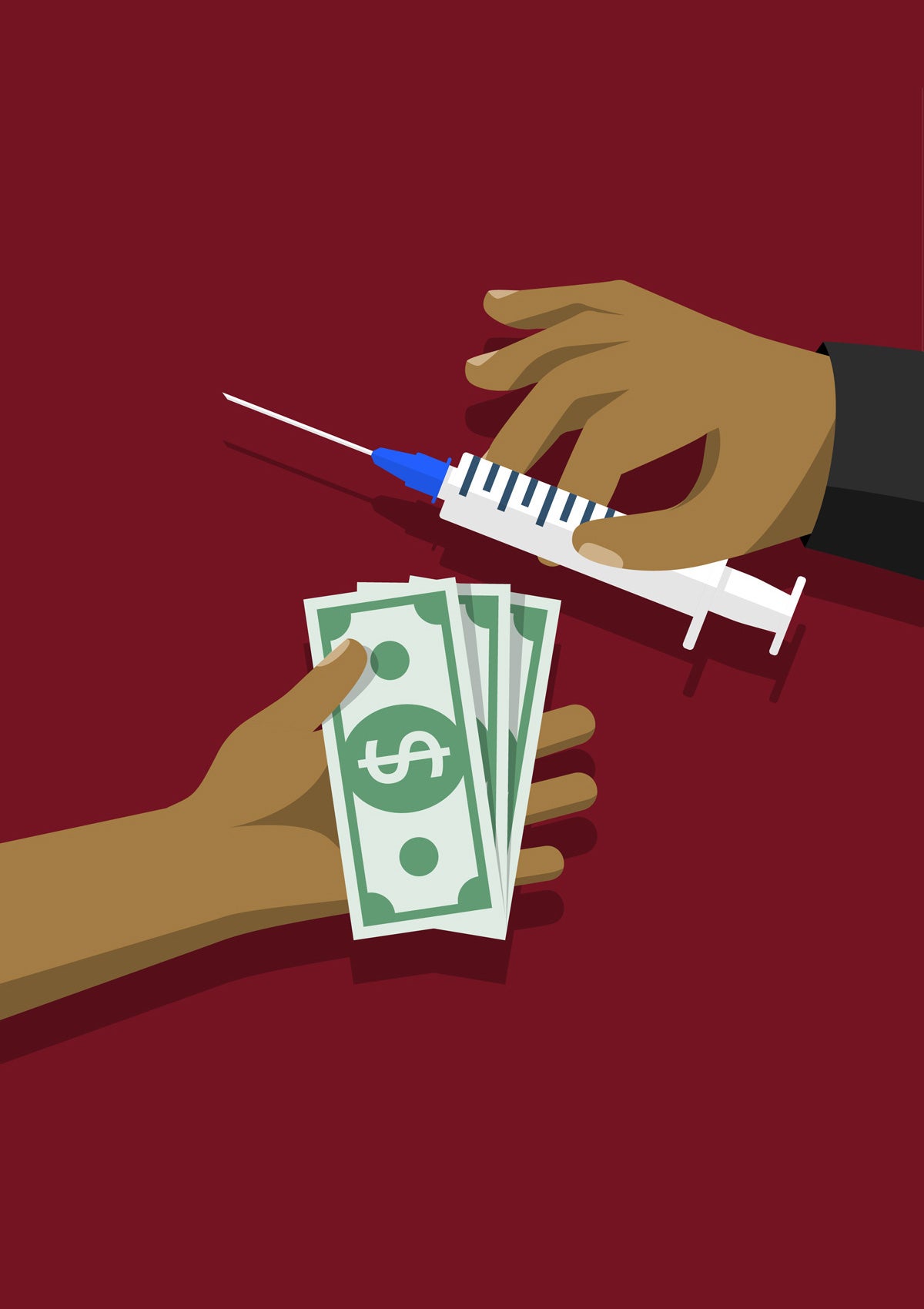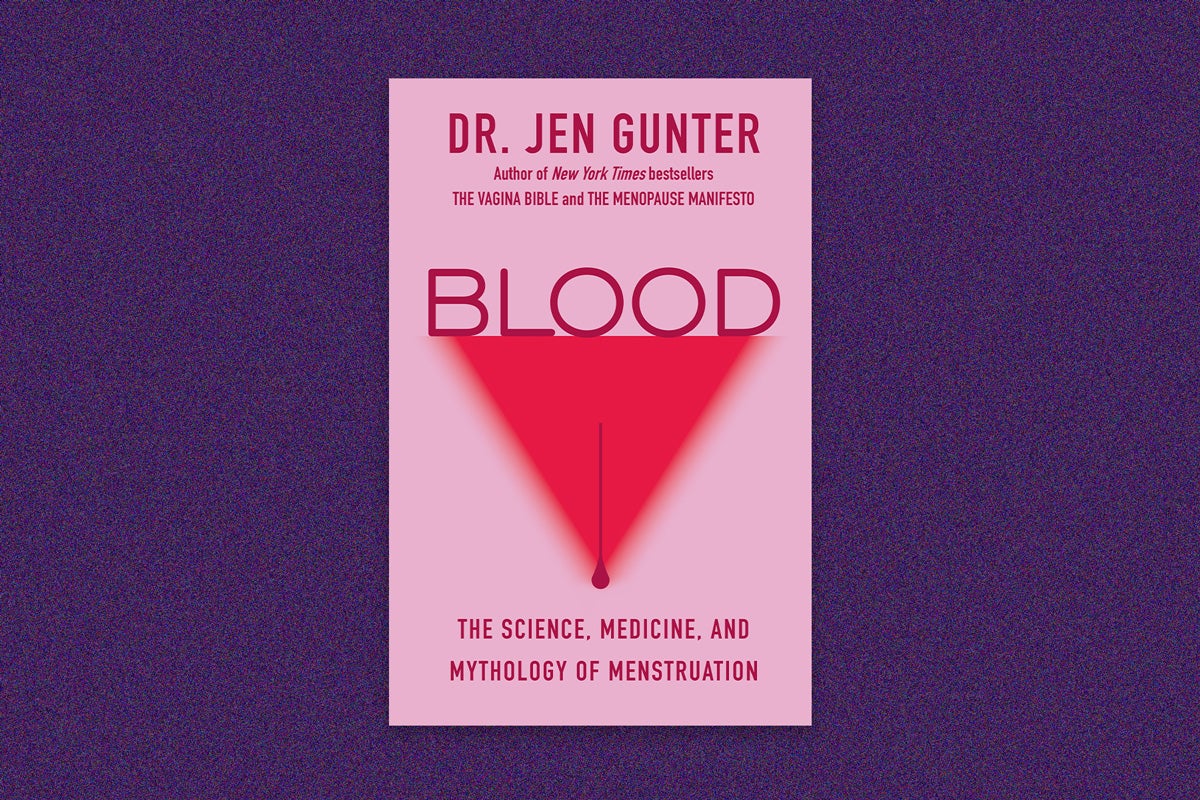
Opinion
Hemophilia shouldn’t be life-threatening – but in some places, it is
I can get on an airplane and land in a world where my disease is no longer life-threatening. I live with severe hemophilia, and the one injection that can change my life is out of reach where I grew up: in Hyderabad, India.
This is a reality perpetuated by patent laws and trade regulations that limit access to essential medicines in some countries. And it needs to change.
The main symptom of hemophilia is bleeding. When I start to bleed, it doesn’t stop, except if I have an injection of “clotting factors” – medication that replaces the missing parts of my blood that would normally stop bleeding. In low- and middle-income countries, like India, clotting factor is only available at high prices and very few have health insurance that will cover the cost. We were a middle-class family living in urban India. We had better access to health care than most. Yet my parents still had few options to treat or manage my condition.
Sign up for Harvard Public Health
Delivered to your inbox weekly.
My joints filled with blood monthly – common for people with hemophilia. Instead of clotting factors, we’d buy sacks of ice to freeze my bleeding joints. One of my mother’s many jobs was to distract me while I tried not to pull my leg out of the ice bath. I couldn’t do anything normal—go to school, see friends, read, even sleep. My joints are now permanently damaged—again, a common complication for hemophilia without access to treatment. Some of my joints have been replaced with metal prostheses so I can at least move around.
The World Health Organization recommends twice weekly injections of clotting factors to prevent exactly this kind of damage as “standard care” for hemophilia. In India, the medicine is too scarce, and too expensive, for that.
“I can get on an airplane and land in a world where my disease is no longer life-threatening.”
At age 31, I moved to the U.K. from my home in India. For the first time in my life, I had free access to the W.H.O.’s recommended standard care for hemophilia. Instead of only seeking treatment when my bleeding was acute, I now get injections of clotting factors twice a week to prevent bleeding. Simply brushing my teeth used to rupture my gums, filling my mouth with blood. I once couldn’t speak for months because singing caused my vocal cords to bleed. Now I can dance and run.
It turns out that disability and illness is sometimes a product of where you live.
Only a small number of people living with hemophilia have access to adequate treatment – and they mostly live in high-income countries. In India, one anti-clotting injection cost me $125 USD – or half my monthly salary there. A regular joint bleed usually requires two or three injections to treat. India is just one of many countries with this problem. A Kenyan hematologist remarked in 2014 that there was only enough clotting factor in the entire country to treat two patients up to the W.H.O.’s standard for hemophilia.
So, why is getting essential, lifesaving medicines, especially for rare diseases, so difficult in places like India and Kenya? The reasons are many and vary by country.
Globally, drug pricing and patent regulations play a major role in perpetuating inequities in access to medicines. Patent rules allow drug companies to create a temporary monopoly for their novel treatments, a system that can keep prices high and supply scarce for up to 20 years. People living with rare diseases – like hemophilia – tend to be the most affected. But even when patents expire, governments and health insurers sometimes fail to put pressure on drug companies to lower prices for essential treatments. Take the U.S. for example. In the U.S., health insurers don’t negotiate over pricing for hemophilia drugs – which can cost more than $270,000 per patient each year – because the market is small, and the drugs are essential to saving the patient’s life. Drugmakers know they can charge a premium because they receive little pushback on pricing.
In Europe, the same drugs cost less than half of what they cost in the U.S. because the E.U. negotiates lower prices. In India, however, the government does not consistently regulate, or always have the clout to negotiate, lower prices for hemophilia drugs, and as stated above, most Indians don’t have health insurance – leaving the patient to pay the price, out-of-pocket.
“It turns out that disability and illness is sometimes a product of your environment.”
While India has become a hub for low-cost pharmaceutical manufacturing, the country still can’t make many essential medicines without infringing on patents. Very few companies around the world have the resources to develop new drugs. So, the race for patents ends up being a running competition where most racers have no shoes. Rich countries that can invest in the research and development of new treatments often hold all the cards –and the patents.
To make lifesaving treatments available to all who need them, drug companies must stop prioritizing the protection of intellectual property for new treatments. Patents very often incentivize profits, not the public good.
Some friends recently forwarded me news about a “miraculous” new treatment still in clinical trials designed to prevent people with hemophilia from bleeding with a single dose, instead of weekly injections. This is genuinely heart-warming—it would release people like me from having to take an injection several times a week. But our current pricing mechanisms and patent regulations could mean the drug will remain out of reach for most people.
The drug industry argues that patents protect innovation – but when patent rules make it difficult for some to access medicines, they undermine health. Our right to health should be the driving principle behind trade and patent policies – not the pursuit of profit. Trade agreements and patent rules that perpetuate the global medical apartheid between rich and poor nations will only continue to violate that right. The way forward is for the world’s nations to agree that patents and profit must come after health and life – and regulate the pharmaceutical industry accordingly.
Top illustration: Anastasiia_New / iStock


